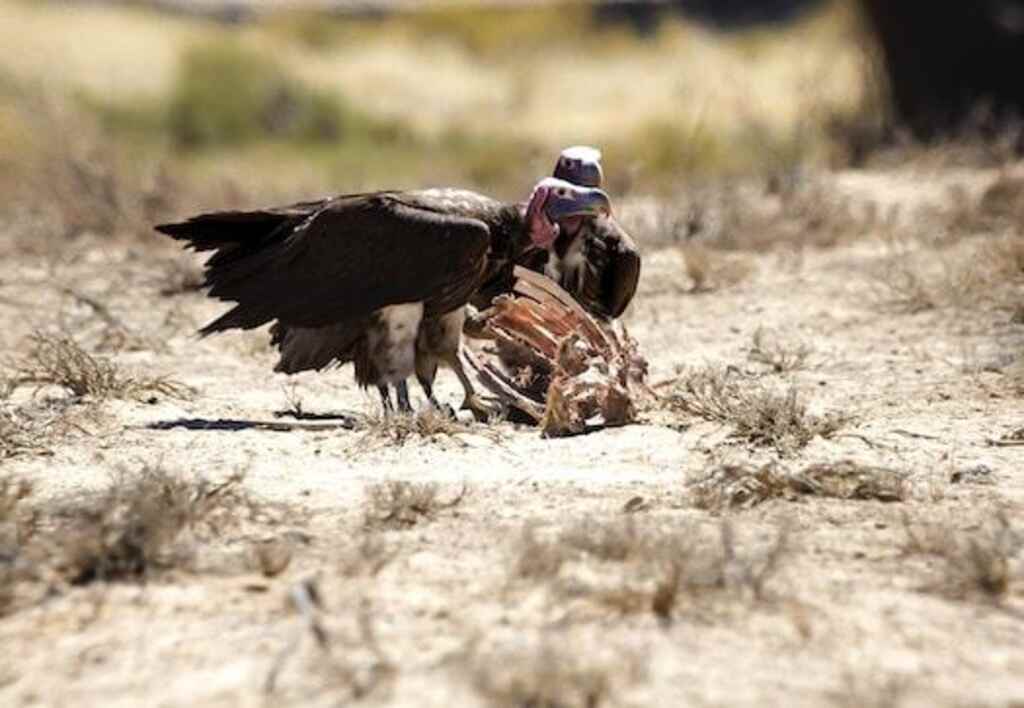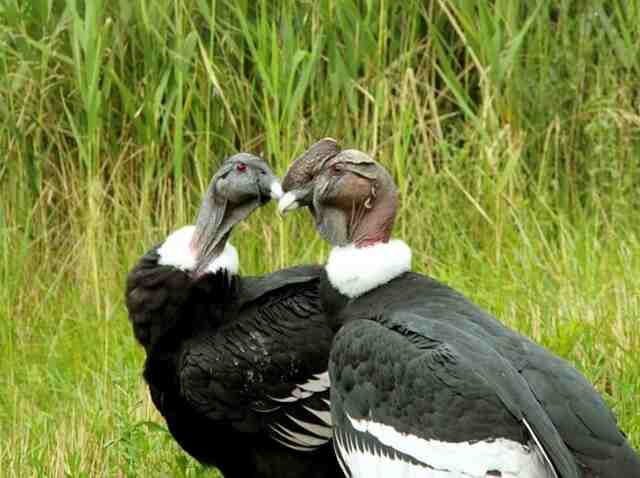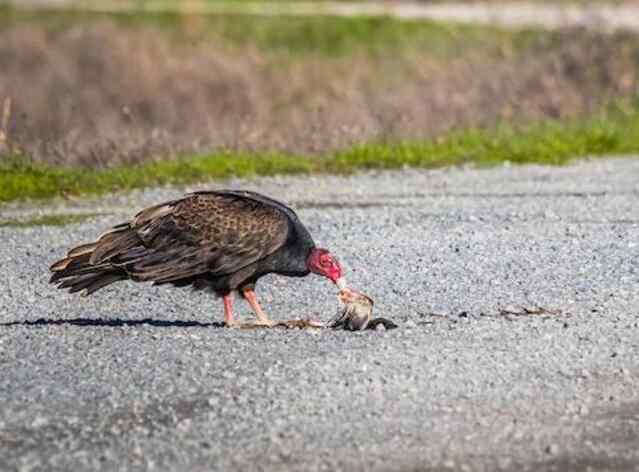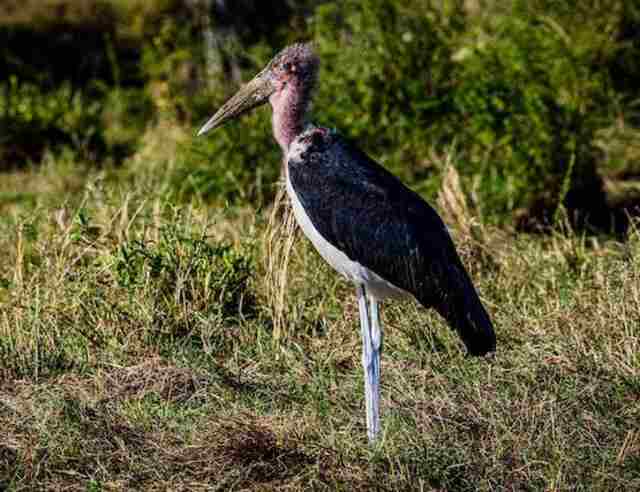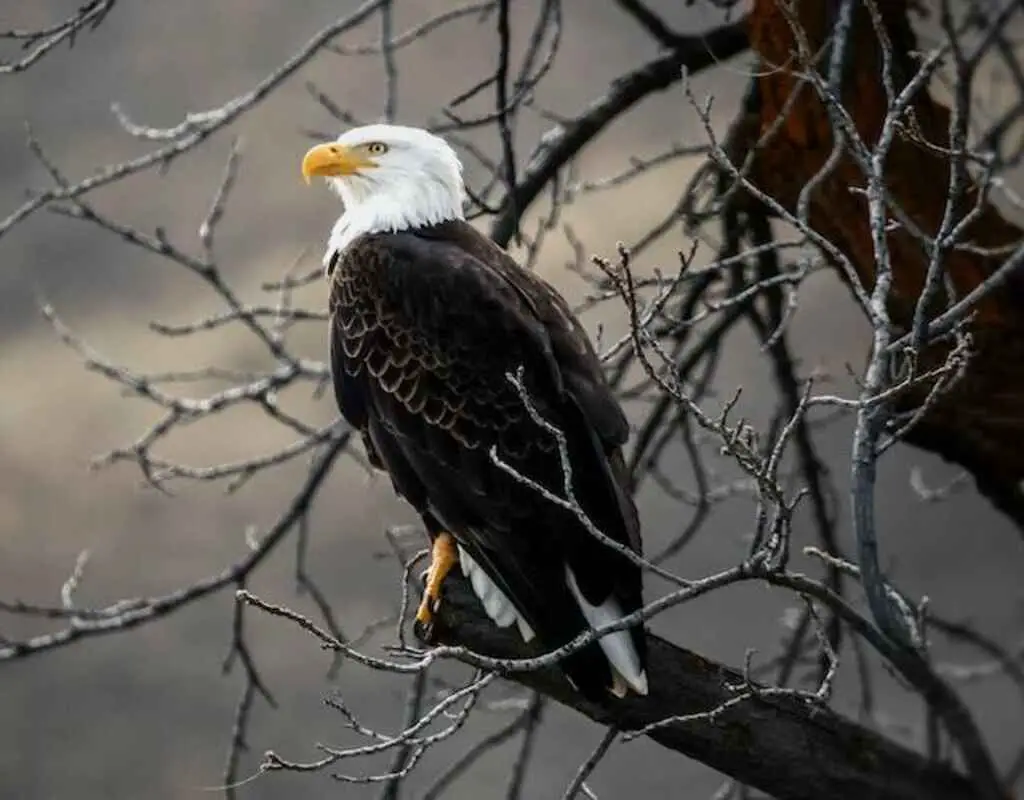What birds are scavengers? This intriguing question provokes a sense of curiosity within us, igniting a desire to delve into the fascinating world of avian scavengers.
Scavengers play a crucial role in maintaining the delicate balance of ecosystems by efficiently disposing of carrion and preventing the spread of diseases.
In this article, we will explore the diverse array of birds that have evolved to thrive on the remains of deceased animals, showcasing their remarkable adaptations and unique ecological niches.
One cannot help but marvel at the intelligence and resourcefulness displayed by scavenging birds such as vultures, ravens, crows, and condors.
These avian species have developed an impressive set of skills, enabling them to locate, consume, and process carrion with remarkable efficiency.
Additionally, we will delve into the opportunistic feeding habits of bald eagles.
Urban scavengers, like black kites, have adapted to human landscapes, while Egyptian vultures exhibit unique scavenging behaviors.
Join us on this scientific exploration as we uncover the secrets of these scavenging birds, highlighting their vital role in the ecosystem and shedding light on the intricate web of life and death.
Through this lens, we gain a deeper appreciation for the freedom and interconnectedness that nature provides.
Table of Contents
- 1 Key Takeaways
- 2 What Birds Are Scavengers
- 3 Vultures: Nature’s Clean-up Crew
- 4 Ravens: Intelligent Scavengers
- 5 Crows: Masters of Adaptation
- 6 Condors: Majestic Scavengers
- 7 Turkey Vultures: Nature’s Garbage Disposals
- 8 Marabou Storks: African Scavengers
- 9 Bald Eagles: Opportunistic Feeders
- 10 Black Kites: Urban Scavengers
- 11 Egyptian Vultures: Unique Scavengers
- 12 Frequently Asked Questions
- 12.1 What is the size range of vultures and how does it vary among different species?
- 12.2 How do ravens communicate and coordinate with each other during scavenging?
- 12.3 What are some unique adaptations that crows have developed to thrive in various environments?
- 12.4 How do condors contribute to the ecosystem as scavengers, apart from their role as clean-up crew?
- 12.5 How do turkey vultures differ from other vulture species in terms of their feeding habits and behavior?
- 13 Conclusion
- 14 Author
Key Takeaways
- Scavenging birds, such as vultures, ravens, crows, condors, bald eagles, black kites, and Egyptian vultures, play a crucial role in maintaining ecosystems by disposing of carrion and preventing the spread of diseases.
- Vultures are nature’s clean-up crew and indicators of ecosystem health.
- Ravens are highly intelligent scavengers that communicate, form groups, engage in play behavior, and understand cause and effect.
- Crows are adaptable scavengers that thrive in various environments and can scavenge in human settlements.
What Birds Are Scavengers
Scavenger birds are nature’s clean-up crew, maintaining ecosystems by efficiently disposing of carrion.
Vultures, ravens, crows, condors, bald eagles, black kites, and Egyptian vultures are among the birds known for their scavenging abilities.
They play vital roles in preventing disease spread and balancing nature’s delicate web of life and death.
Vultures: Nature’s Clean-up Crew
Vultures, renowned as nature’s clean-up crew, play a pivotal role in the ecosystem by efficiently scavenging and consuming carrion. Their presence is crucial for maintaining a healthy environment, as they serve as indicators of ecosystem health.
Vultures also contribute to disease prevention by swiftly disposing of carcasses, thus preventing the spread of pathogens.
Transitioning to the next section, ravens demonstrate their intelligence as efficient scavengers in the animal kingdom.
Ravens: Intelligent Scavengers
Ravens, known for their exceptional problem-solving abilities, are highly adept at locating and consuming carrion as a vital part of their diet. Their intelligence enables them to overcome various obstacles in their scavenging endeavors.
Here are four remarkable aspects of their social scavenging dynamics:
1) Ravens communicate with each other to locate food sources.
2) They form cooperative groups to defend and access carrion.
3) They engage in play behavior to strengthen social bonds.
4) They demonstrate an understanding of cause and effect.
Ravens’ scavenging strategies exemplify their remarkable adaptability.
Crows: Masters of Adaptation
Crows, known for their high level of adaptability, have developed remarkable strategies to thrive in various environments.
They are problem solvers, capable of finding innovative ways to obtain food and survive.
In urban environments, crows have adapted to scavenging in human settlements, taking advantage of available resources such as garbage bins and discarded food.
Their ability to adapt and thrive in diverse habitats makes them a fascinating species to study. Next, we will explore condors, majestic scavengers known for their impressive wingspans.
Condors: Majestic Scavengers
With their impressive wingspans and majestic presence, condors are awe-inspiring creatures that dominate the skies as they effortlessly soar in search of sustenance. These majestic scavengers play a vital role in the ecosystem as nature’s clean-up crew.
Feeding primarily on carrion, they efficiently dispose of decaying animal carcasses, preventing the spread of disease and maintaining the balance of nature.
Now, let’s explore another fascinating species that contributes to this important ecological process: turkey vultures, nature’s garbage disposals.
Turkey Vultures: Nature’s Garbage Disposals
Turkey vultures excel at their role as nature’s garbage disposals, efficiently consuming decaying animal carcasses and preventing the spread of disease.
Their environmental impact is significant as they clean up the landscape by eliminating rotting flesh.
These scavengers have a unique feeding habit, relying mainly on their sense of smell to detect carrion from great distances.
They are adapted for this role with a bald head, which helps to keep bacteria and parasites at bay. Moving on to the next scavenger, let’s explore the fascinating world of marabou storks: African scavengers.
Marabou Storks: African Scavengers
Marabou storks, with their massive wingspan and distinctive featherless head, play a crucial role in maintaining the ecological balance of African ecosystems.
In the wild, marabou storks are known for their scavenging behavior, feeding on carrion and waste. They possess a strong sense of smell, allowing them to locate decaying matter from afar.
These storks also exhibit a unique feeding habit of regurgitating food for their young.
Their presence in the African landscape ensures the efficient decomposition of dead animals, contributing to the overall health of the ecosystem.
Moving on to the next topic, bald eagles are opportunistic feeders.
Bald Eagles: Opportunistic Feeders
Bald eagles, known for their impressive hunting skills and sharp eyesight, are opportunistic feeders that take advantage of a wide range of food sources.
They primarily feed on fish, but also scavenge for carrion and steal prey from other birds.
Their hunting techniques include soaring high in the sky, scanning the surroundings, and swooping down to catch their prey.
These majestic birds have a varied diet, which allows them to adapt to different environments.
Black Kites: Urban Scavengers
Black kites, known for their adaptability and resilience, are adept at thriving in urban environments as scavengers.
With their hunting techniques, black kites exhibit remarkable agility in capturing prey, often swooping down to snatch small mammals, insects, and carrion.
Their diet variations include a preference for fish, reptiles, and even garbage, making them versatile scavengers.
As we explore the fascinating world of scavenger birds, we now turn our attention to Egyptian vultures and their unique scavenging habits.
Egyptian Vultures: Unique Scavengers
Moving from the urban scavengers to another fascinating species, the focus now shifts to Egyptian Vultures.
These birds are known for their unique scavenging habits and have captured the attention of conservationists.
Conservation efforts have been put in place to protect these remarkable creatures and their habitats.
Egyptian vultures have distinctive feeding habits, including the use of tools to break open eggs, making them an intriguing subject for scientific study and observation.
Frequently Asked Questions
What is the size range of vultures and how does it vary among different species?
The size range of vultures varies among different species. For example, the Andean condor has a wingspan of up to 10.5 feet, while the Egyptian vulture has a wingspan of about 5.5 feet. Other vulture species fall within this range.
How do ravens communicate and coordinate with each other during scavenging?
Ravens communicate and coordinate during scavenging through a series of complex vocalizations, body postures, and gestures. This behavior is not unique to ravens but is observed in various bird species engaged in scavenging activities.
What are some unique adaptations that crows have developed to thrive in various environments?
Crows possess remarkable problem-solving abilities, enabling them to thrive in diverse environments. They exhibit a wide range of vocalizations and communication strategies, allowing for complex social interactions and efficient coordination during various tasks, including scavenging.
How do condors contribute to the ecosystem as scavengers, apart from their role as clean-up crew?
Apart from their role as clean-up crew, condors contribute to the ecosystem by aiding in nutrient cycling through the decomposition of carcasses, thus enriching the soil. Additionally, their scavenging behavior helps control disease transmission by removing potential sources of infection.
How do turkey vultures differ from other vulture species in terms of their feeding habits and behavior?
Turkey vultures, a species of scavenging birds, exhibit unique feeding habits and behavior compared to other vultures. They rely primarily on their keen sense of smell to locate carrion, and their feeding behavior involves a distinct hopping movement while consuming carcasses.
Conclusion
Vultures, ravens, crows, condors, turkey vultures, bald eagles, hyenas, black kites, and Egyptian vultures are all birds known for their scavenging abilities.
Vultures, such as the turkey vulture and the condor, are nature’s clean-up crew, efficiently disposing of carcasses.
Ravens and crows are intelligent scavengers, adapting to various environments.
Bald eagles and black kites are opportunistic feeders, taking advantage of available food sources.
Hyenas, although not birds, are scavengers of the African savannah.
Egyptian vultures are unique scavengers, using tools to access their food.
In conclusion, these scavenger birds play important roles in maintaining ecological balance, ensuring the efficient decomposition of organic matter.
Their remarkable abilities to find and consume carcasses make them essential contributors to the ecosystem’s cleanliness, earning them the title of nature’s ultimate garbage disposals.

